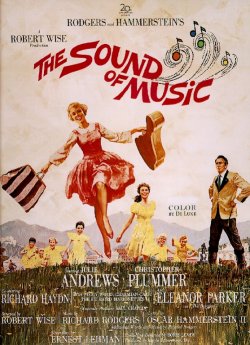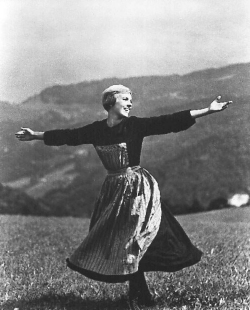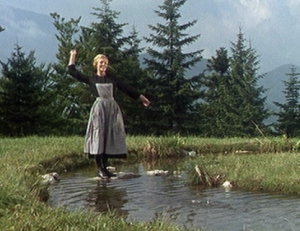|
You look happy to meet me
| ||||
카페 게시글
게시글 본문내용
다음검색
출처: 逍 遙 遊 원문보기 글쓴이: aramir












































첫댓글 자봉 블러그에서 퍼옴~~ 우리모두 즐겁게~~레이후드 레이훗~즐거운 양치기~~ 도레미쏭을~~~
은미는잠도없구나 시간이 ㅋㅋㅋ
이른아침 영화 한편을 빠른시간에 감상 하고 간다/즐거운 기분으로 11월을 시작한다~~감사~~
사운드 오브 뮤직! 우리들에게 희망과 활기를 불어넣어 주었던 영화! 은숙 친구가 이런 영화들을 좋아하니 친구가 활기로운가 보네. 항상 활기와 희망찬 모습으로 우정을 가꾸어 나가세
영화 감상 자알 했음 ,,, 빠알간 사과 한개 먹음시롱,,
옛날에 두번정도 본 영화인데...다시한번 보고싶은 영화네....고맙네